|
|
|
is a thin nylon thread developed by the Japanese brand Miyuki which produces the well-known Delica and Tila beads. This thread is well-suited for weaving on the beading loom and sewing with beads. For weaving with beads you normally take a flexible split needle. But you can use the thread with a regular beading needle as well. Miyuki beading thread is available in many colours.
|
|
|
was developed by the American company Berkley. It is a special polyethylene thread with a gel coating. This thread is extremely strong and shapeable like waxed cord. It is especially well-suited for beads with small holes as well as for crystals and smaller stone beads with sharp edges.
FireLine can be used for e.g. brick or Peyote stitch because its coated surface provides stiffness to the finished piece, so it can hang freely e.g. in a pair of earrings without collapsing. FireLine is mainly used with a beading needle.
At Smyks.com FireLine is available in the colours black and white and in several diameters from 2LB to 8LB. The most popular though is 6LB with a traction force of 3 kg.
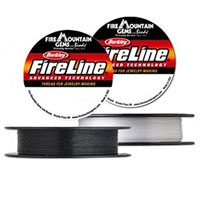 |
|
|
|
|
|
This 2m long silk thread is provided with a needle on one end, so beads with small holes can be threaded easily. Silk thread is mainly used for freshwater pearl necklaces with knots in between the pearls, but it can equally be used for other kinds of necklaces finished with crimp ends fastened with jewellery glue. It is not suited for necklaces with large or sharp-edged beads. Silk thread is a natural product and that is why it is a good idea to stretch the thread before working with it. Otherwise it will become loose over time.
The gauge 0.6mm has become popular for bracelets with Delica beads size #11 because it goes with Smyks‘ locking beads with the diameters of 3mm and 4mm.
|
|
|
consists of thin steel wire with a nylon coating. The wire is well-suited for necklaces and bracelets with heavy or sharp-edged stone beads.
You will typically finish the piece of jewellery with a closed ring or jumpring and use crimp beads because you cannot tie knots into the wire.
The gauge 0.25 to 0.30mm is suitable for bracelets and necklaces with Delica beads or seed beads. For necklaces with semi-precious stone beads we recommend wire with a diameter of 0.38mm and upwards.
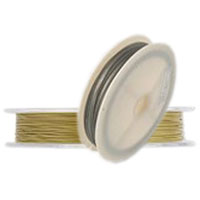 |
|
|
|
A very popular and durable jewellery thread, available in a vast number of colours and diameters. You use it for macramé, for kumihimo, necklaces and other kinds of jewellery. Nylon cord is the preferred macramé thread because the cord ends melt when you burn them, which makes it a lot easier to finish the piece of jewellery and to attach a clasp.
For Shambala-style macramé bracelets we recommend thread with a diameter of 1.5-2mm, for smaller macramé bracelets you can take thread with a diameter of 0.5 or 0.9mm.
Please note: If you burn the end of a nylon cord with a diameter of 0.5mm, it fits through Delica beads or seed beads size #11.
|
|
|
|
|
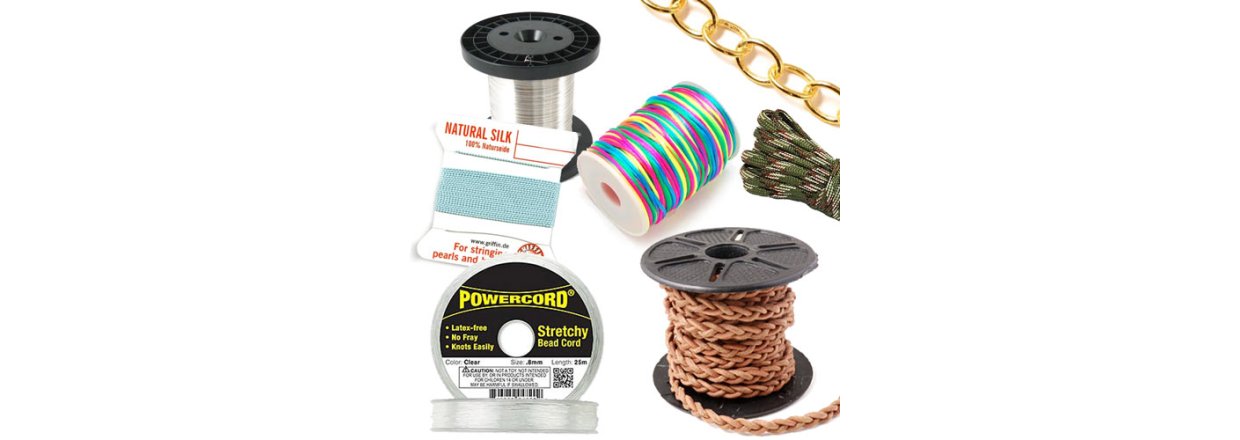
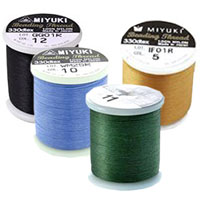
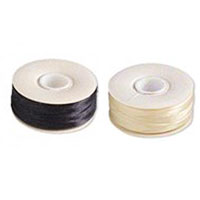
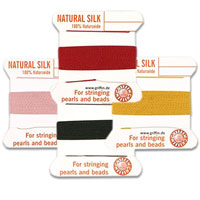
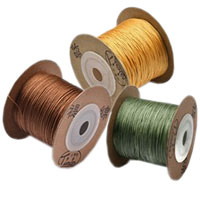
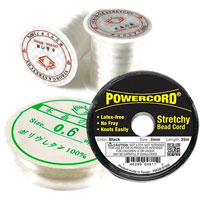
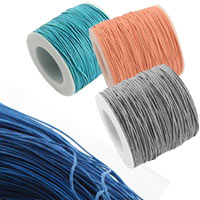
We will publicly show your name and comment on this website. Your email is to ensure that the author of this post can get back to you. We promise to keep your data safe and secure.